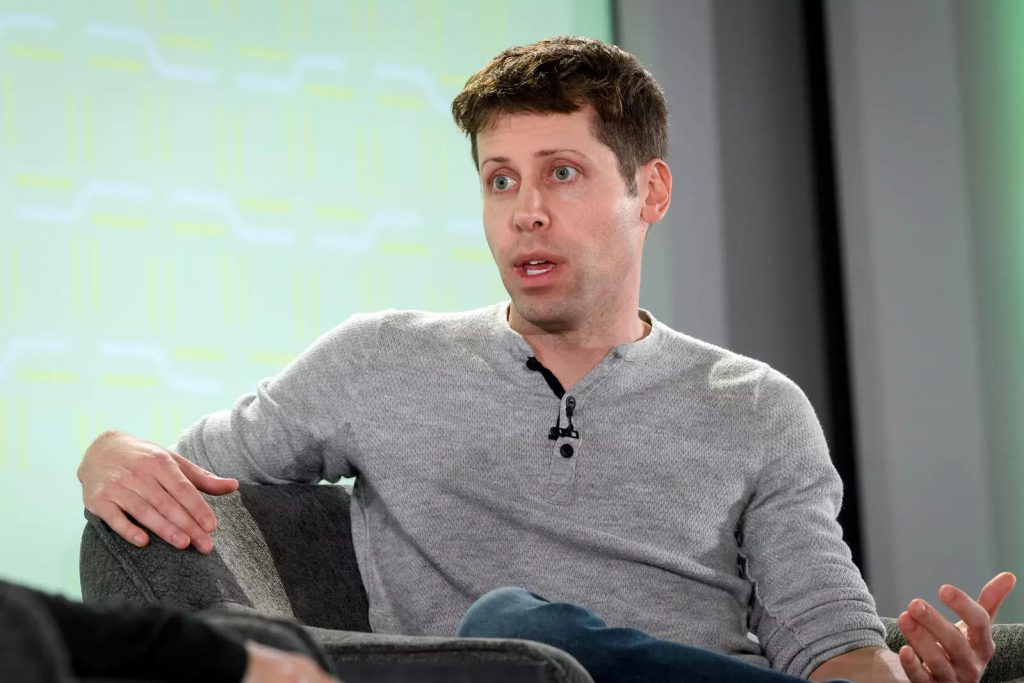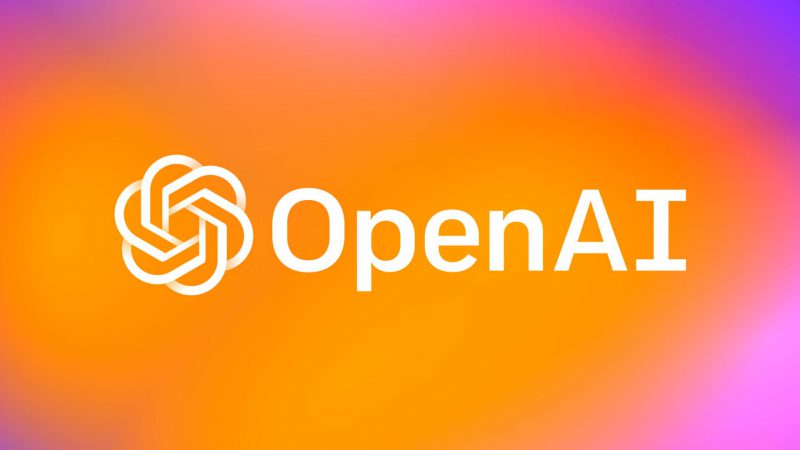OpenAI’s trillion dollar bet is one of the biggest financial gambles in tech history, and right now the company is walking a tightrope between massive revenue and even bigger spending. The AI company currently generates around $13 billion in annual revenue, but here’s where things get interesting—it’s also committed to spending over $1 trillion across the next decade. Sam Altman’s AI strategy centers on converting more of ChatGPT’s 800 million users into paying customers, scaling up OpenAI revenue growth through entirely new products, and building out massive infrastructure like the OpenAI Stargate project. The company has roughly five years to make the numbers add up, and the pressure is mounting.
Inside OpenAI’s Trillion-Dollar Bet on AI Power and Expansion


The Revenue Gap That Needs to Be Closed
At the time of writing, around 800 million people worldwide use ChatGPT. Only about 5% of them actually pay the $20 monthly subscription fee, which means roughly 40 million paid subscribers generate the bulk of the revenue. Everyday people rather than big enterprise deals contribute around 70% of that $13 billion, and that’s both a strength and a vulnerability for OpenAI’s trillion dollar bet.
The spending side tells a different story entirely. Companies like Oracle, Nvidia, AMD, and Broadcom locked in deals for more than 26 gigawatts of computing capacity. Powering all this computing will require AI infrastructure investment that costs vastly more than what’s coming in right now, and Sam Altman‘s AI strategy needs to address that gap over the next five years.
Also Read: Broadcom Surges After OpenAI Chip Deal Fuels $10B AI Speculation
Five Years to Prove the Model Works
A five-year plan has been developed to bridge this massive financial divide. OpenAI is exploring government contracts, shopping tools, video services, and even consumer hardware. The OpenAI Stargate project represents another crucial piece of the puzzle—the company aims to become a computing supplier itself, potentially selling infrastructure to others while using it for their own operations.
This timeline isn’t arbitrary or generous either. Major U.S. companies now depend on OpenAI to fulfill significant contracts, and any stumble could destabilize parts of the broader market. OpenAI revenue growth needs to accelerate fast, and new revenue streams need to materialize within this window. The math has to work out, and the clock is already ticking on OpenAI’s trillion dollar bet.
What Happens If the Numbers Don’t Add Up
The stakes extend beyond OpenAI’s balance sheet. Some of America’s most valuable corporations have integrated the company’s technology into their core operations, creating dependencies that didn’t exist even two years ago. If OpenAI’s trillion dollar bet fails under the weight of its spending commitments, ripple effects will spread across multiple industries.
Also Read: AI Chatbots May End Indian Call Centers: Will US Jobs Return?
The gamble assumes that AI adoption will accelerate fast enough to justify the AI infrastructure investment. With 800 million users already on the platform, the potential market is enormous. Converting more free users to paid subscriptions, expanding enterprise services through Sam Altman’s AI strategy, and launching new products tied to the OpenAI Stargate project could make OpenAI revenue growth sustainable. But the margin for error is slim, and the next five years will determine whether OpenAI’s trillion dollar bet was visionary or reckless.
The company has signed the infrastructure deals, set the revenue targets, and committed to the spending. Now it’s a race against time to see if OpenAI’s trillion dollar bet pays off before the money runs out.





